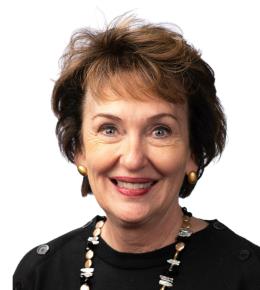The purpose of Pillar 1 is to provide a strong foundational knowledge base prior to entering the clerkship phase of training.
Pillar 1 includes 10 integrated science blocks spread across 3 semesters, with each semester including 2-4 science block running concurrently with one clinical foundations course.
Scheduled class time may occur from 8AM to 5PM, Monday through Friday.
Each week contains built-in unscheduled time for students to engage in independent study, self-directed learning or review.
The hour between 12PM and 1PM generally is reserved for lunch, but some advising or career-counseling activities may occasionally be scheduled during that time.
Overall, an average week may include lectures, active learning activities, clinical foundations activities and one or more in-person assessments.
All preclinical course quizzes and examinations, as well as the National Board of Medical Examiners (NBME) customized assessments and Clinical Foundations written exams are conducted in Vermillion and in-person attendance at these assessments is required. Typically, quizzes are conducted weekly on Monday mornings, whereas Final Examinations and NBME assessments are scheduled at the end of each course.
Other required-attendance events in Lee Medical Building include all active-learning sessions throughout Pillar 1. Examples of these required activities may include:
- Patient-Based Learning sessions (PBLs, 1-2 per course)
- Clinical Correlations/Case Studies sessions (varies by course)
- Team-Based Learning sessions (TBLs)
Other required-attendance activities occurring in Sioux Falls (at the Parry Center, within the Sanford School of Medicine Health Science Center) include:
- High-Fidelity Simulations (during Fall semester courses of Year 2)
- Objective Structured Clinical Examinations (OSCE, 6 throughout Pillar 1)
It is estimated that at least half of student learning time during Phase 1 will take place via lectures (synchronous or asynchronous) and with the remaining time dedicated to active learning in small or large groups and during individualized sessions.
Satisfactory/Unsatisfactory is the grading scale for all Pillar 1 courses.


















